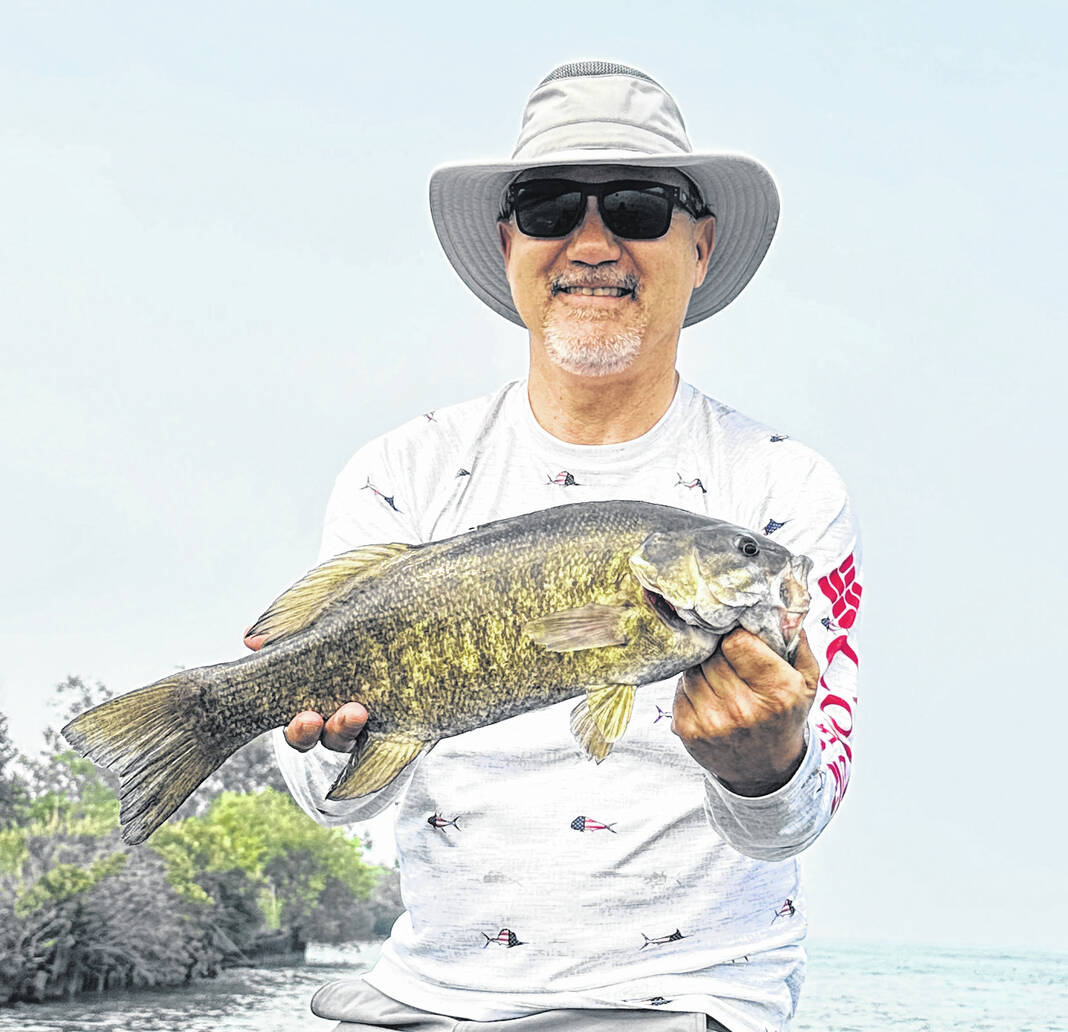
This early warm spring weather has been getting me excited about turkey hunting. Chasing gobblers is one of my most favorite things to do outdoors. There are a lot of things that are important to being successful with turkey hunting but this week’s column is going to focus on one task that is often overlooked, and that is patterning your shotgun.
Patterning your shotgun is the most important thing you can do to increase your chance of hitting your target. Why put in all that effort of scouting and calling in that gobbler to have it end in disappointment because you don’t down your target? Patterning is a simple procedure of determining which combination of choke and shotgun shells works best for your gun.
The majority of novice hunters have never taken the time to pattern their guns and they may be surprised to find out that each gun and choke shoot different patterns with different shotgun shells. In other words, no two guns shoot the same and no two shotgun shells and chokes shoot the same. Patterns are affected by the choke that is in your barrel, pellet size, velocity of the shot, barrel length and the type of shot that you are using (steel or lead).
Let’s talk about chokes and their jobs. Most shotguns on the market today come with three main chokes and they are Improved, Modified, and Full. The job of the choke is to constrict the pattern of the shot as it travels out the end of the barrel. In other words, the tighter or more constriction of the choke, the tighter the pattern you will have at your target. With the three factory chokes that you usually get with a shotgun, you can expect the Improved choke to be the most open and the Full choke to be the tightest, with the Modified somewhere in between.
The tightness of the pattern you want depends on the game you are after. If you are shooting fast flying doves, you want a more open pattern to give you a better chance of hitting the bird. If you are pass shooting Canada Geese at 40 yards, you need a tighter pattern as it takes more pellets to bring these big birds down. If you are trying to head shoot a gobbler at 40 yards, you want the tightest pattern that you can get. Each situation is different and requires a different choke. It is your job to figure out which make of ammunition, which size of ammunition, and which choke best match with your gun.
Patterning your gun is easy. First you need patterning paper that is 40”x40” or larger in diameter. The cheapest and easiest thing to use is a white paper tablecloth. Staple the paper to two wooden stakes and drive them into the ground. Mark the center of the paper with a red marker to give you something to aim at. Pace off the distance that you will be taking most of your shots at.
Most patterning is done at a distance of 40 yards as this is considered maximum range for shooting a turkey. (I know with some of the shells that are out there paired with aftermarket chokes, turkeys are being downed at 50 yards and more, but 40 yards is usually the maximum distance for most situations.) Rest the shotgun on some type of support to steady the gun. Aim at the target and fire.
After you have fired, examine and analyze your pattern by measuring a thirty-inch circle around your center point. Count the number of pellet holes inside the circle. Use a marker to mark off the counted holes to avoid repeat counts. As you are counting, look for areas in your pattern where no pellets hit at all. Once you are done counting, divide the number of hits by the number of pellets in the shotgun shell and this will give you your pattern percentage.
You should pattern each shotgun shell/choke combination three separate times and average your results to be the most accurate. You want as many pellets as you can get in the circle and you want them to be evenly distributed throughout the circle. That is all there is to patterning.
Be sure to try different chokes, different shot sizes, and even different shell manufactures to find the best combination that works for your gun. As I said earlier, no two guns shoot the same and you will even be surprised at the difference in shotgun shells from different manufacturers. A good place to start with patterning factory chokes is with the full choke as this is the most commonly used for shooting a turkey.
There are also a lot of aftermarket chokes available today that you can use for specific purposes, especially for turkey hunting. If you aren’t happy with your pattern on your factory Full choke, you may want to consider purchasing one. They can really extend the range of your shotgun pattern. I am a big believer of aftermarket chokes and use them for both turkey and waterfowl hunting. There are many popular brands out there and using the internet to help in your search can be beneficial.
Bottom line with patterning is that it needs to be done to give yourself a good chance of hitting your target and knowing the limitations of your gun. Yes, it can be a little expensive buying a lot of boxes of different shells to find the right combination for your gun. However, the initial cost is worth it, as it will save you the frustration of a miss because your shell pattern wasn’t right. Partnering up with friends and sharing different shells while patterning can help with the expense.
Until next time, Good Hunting and Good Fishing!
Ken Parrott is an retired Northmor High School Agricultural Science teacher.

